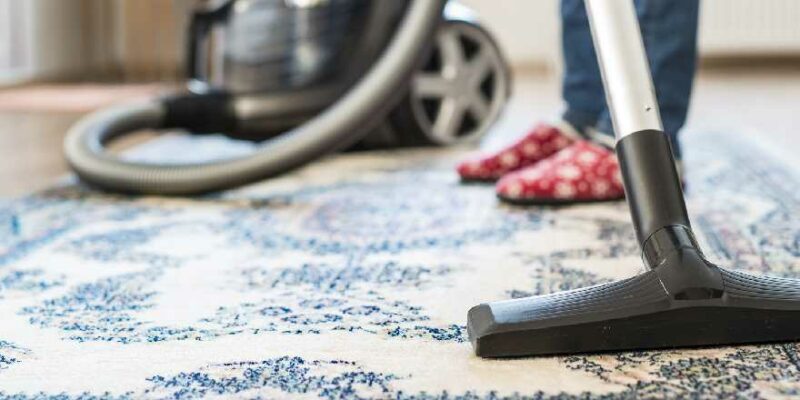There’s never a good time to have a pest infestation, and fleas are some of the most stubborn creepy crawlies around. If you’re struggling with itchy pets or are waking up with your own bite marks, it’s time to book a professional flea spraying appointment.
Professional treatments are the best way to deal with fleas and kill them at every stage of their lifecycle. The right treatment program will be far more effective than over-the-counter alternatives, ensuring you won’t be dealing with fleas for months. There are a few things you’ll need to do to get the most from a professional treatment, and we’re going to go over how to prepare your home.
Start Pets on a Flea Treatment
Most flea infestations begin and end with your pets. Your furry little friends are prime breeding grounds for fleas, and they’re also one of the main ways that infestations spread. The best thing you can do to control fleas in your home is to start pets on a flea treatment program.
Talk to your vet for advice. It’s typically best to use oral flea treatment tablets to kill the fleas that are living on your pet. Combine this flea treatment with a regular washing routine using flea shampoo for best results. Flea shampoos contain small amounts of insecticide that kill fleas, larvae and eggs, which is essential to managing a flea infestation.
Clean Pet Bedding
Fleas don’t just live in your pets’ fur, they also make their home in pet bedding (as well as other areas that your pets frequent, like the end of your bed or the living room couch).
The best way to get fleas out of pet bedding is to wash all fabric items on high heat with your normal laundry detergent. The heat is the important part here. Excessive heat is useful for killing fleas at every stage of their lifecycle. For best results, put pet bedding in the dryer immediately after washing. Dry the bedding in direct sunlight if it’s unable to go in the dryer.
If your pet bed can’t go in the washing machine then you can also use a handheld steam cleaner to kill the fleas.
Wash Bedding and Linens
Noticing signs of creepy crawlies in your bed? Do you find yourself itching and scratching more than usual? Are you waking up covered in little red bites and rashes? It’s possible the fleas have made their home in your own bedding.
Same as with pet beds, all bedding needs to be washed in hot, soapy water and dried on high heat. After washing, store your bedding in an unaffected part of your home. You may need to consider replacing things like pillows and quilts if they can’t be washed.
Vacuum and Mop Daily
Fleas can thrive just about anywhere, but carpets, rugs and the gaps between flooring are some of their favourite haunts. In the lead up to your appointment you’ll need to vacuum and mop on a daily basis. This encourages flea eggs to hatch and allows you to vacuum up the adult fleas more easily. Make sure to replace the vacuum bag each day. Seal the used vacuum bag tightly into a plastic garbage bag before throwing it away.
You can mop wood and tile floors with boiling, soapy water. Just like with bedding, the heat is the important factor in managing fleas, so you should regularly replenish your hot water.
Once flea treatment is complete, continue cleaning the floors every few days for the next month. This helps to remove any remaining traces of eggs and adult fleas, and minimises the chance of the infestation returning.
Pick Up Anything That’s Stored On the Floor
Professional flea treatment requires access to every surface of your home, especially flooring. The treatments sprayed by professional pest control services only work if they can reach the places where fleas are hiding.
During your daily vacuuming regime you should pick up anything that’s normally stored on the floor. Place items off the ground until the treatment program has been completed. This goes for things like children’s toys, toy boxes, shoes, laundry baskets and anything else that sits on the floor inside your home.
Tidy Up Your Yard
Flea treatments don’t end inside the home – a complete package will also include an exterior treatment. The fleas came from somewhere originally, and it’s likely that they’re hiding in your lawn. Professional exterior flea spraying requires good access to every part of your yard.
Just like inside, pick up anything that’s stored in your yard, such as kids’ toys, furniture, barbecues and trampolines. Move these items off your lawn prior to treatment, and then mow the lawn and liberally soak it with water the day before the professionals arrive. Modern flea treatments use a parasite called nematodes to manage fleas that live outdoors. Mowing the lawn allows pest controllers to spread the nematodes evenly, and the additional water helps to wash the nematodes into the soil where they can hunt down fleas and their eggs.













Comments